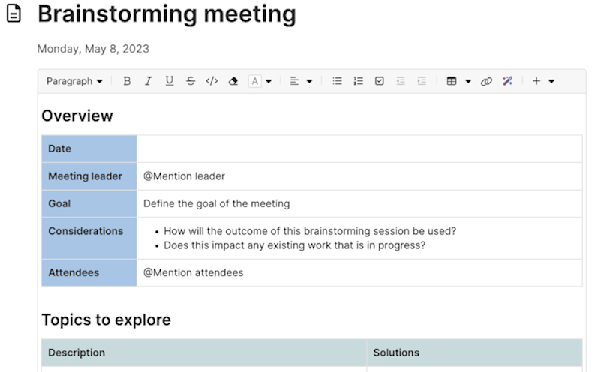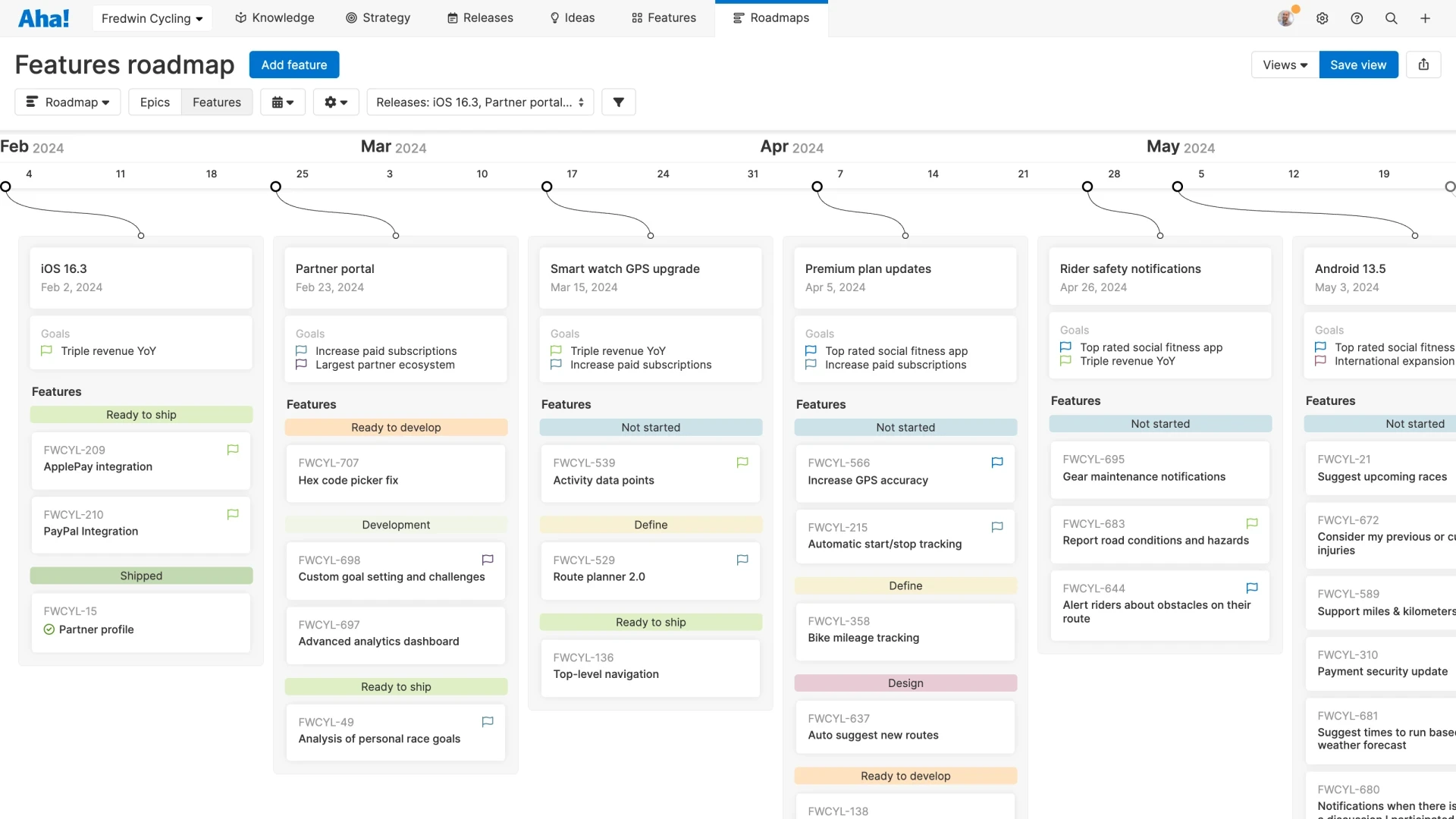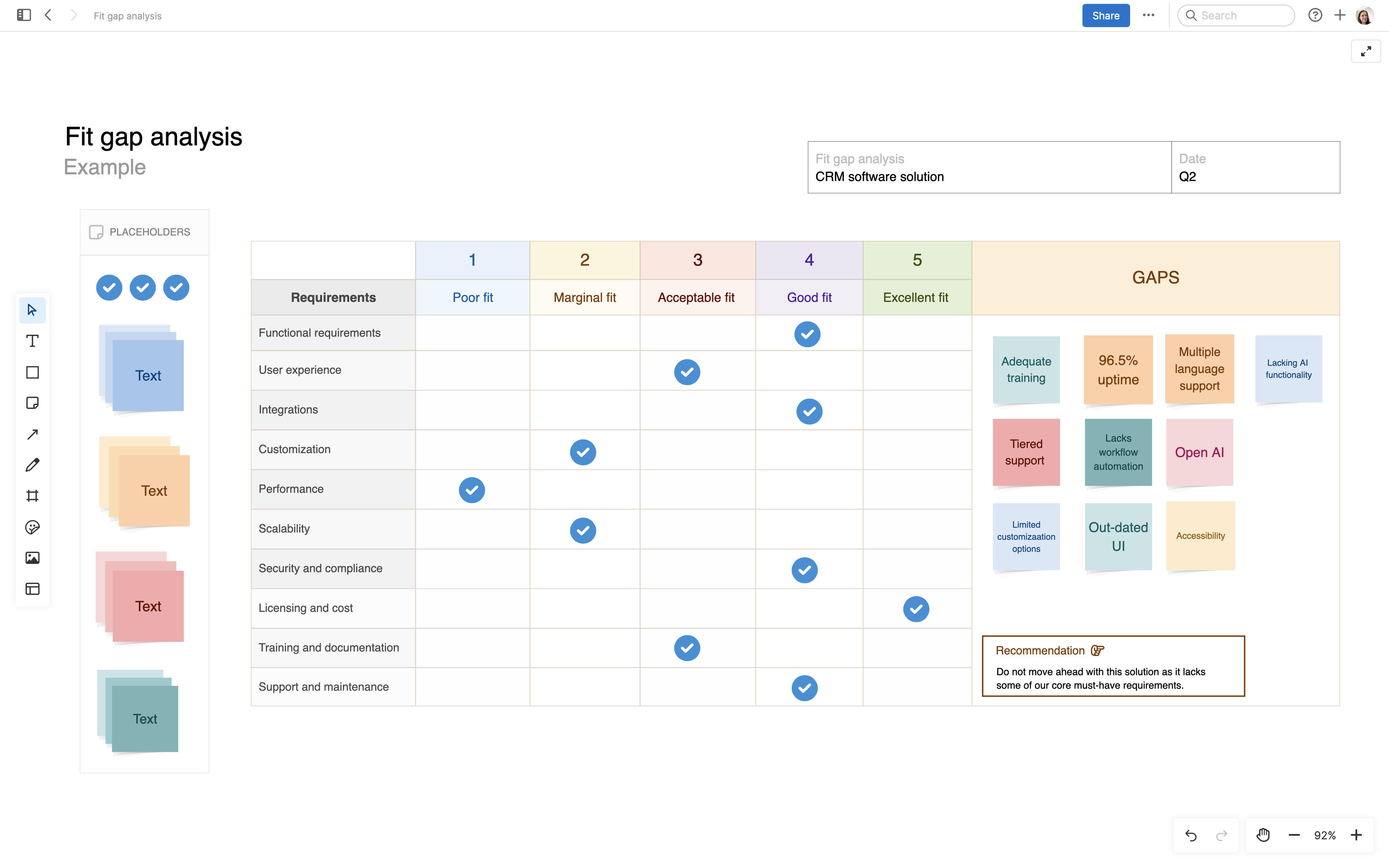Which tools do product managers use?
A selection of tools for different use cases makes the product development process easier
Last updated: October 2025
To do their jobs efficiently, product managers rely on a variety of tools for every stage of product development — from establishing a clear vision to analyzing the results of the team's efforts. Get insights on the best tools for product development, plus advice on selecting the right ones for your workflows. |
Leading a product from conception to completion is no simple feat, and having the right tools for product managers can make all the difference. This includes setting strategy, exploring ideas, creating and sharing plans, helping with customer onboarding, analyzing user behavior, and gathering customer feedback.




